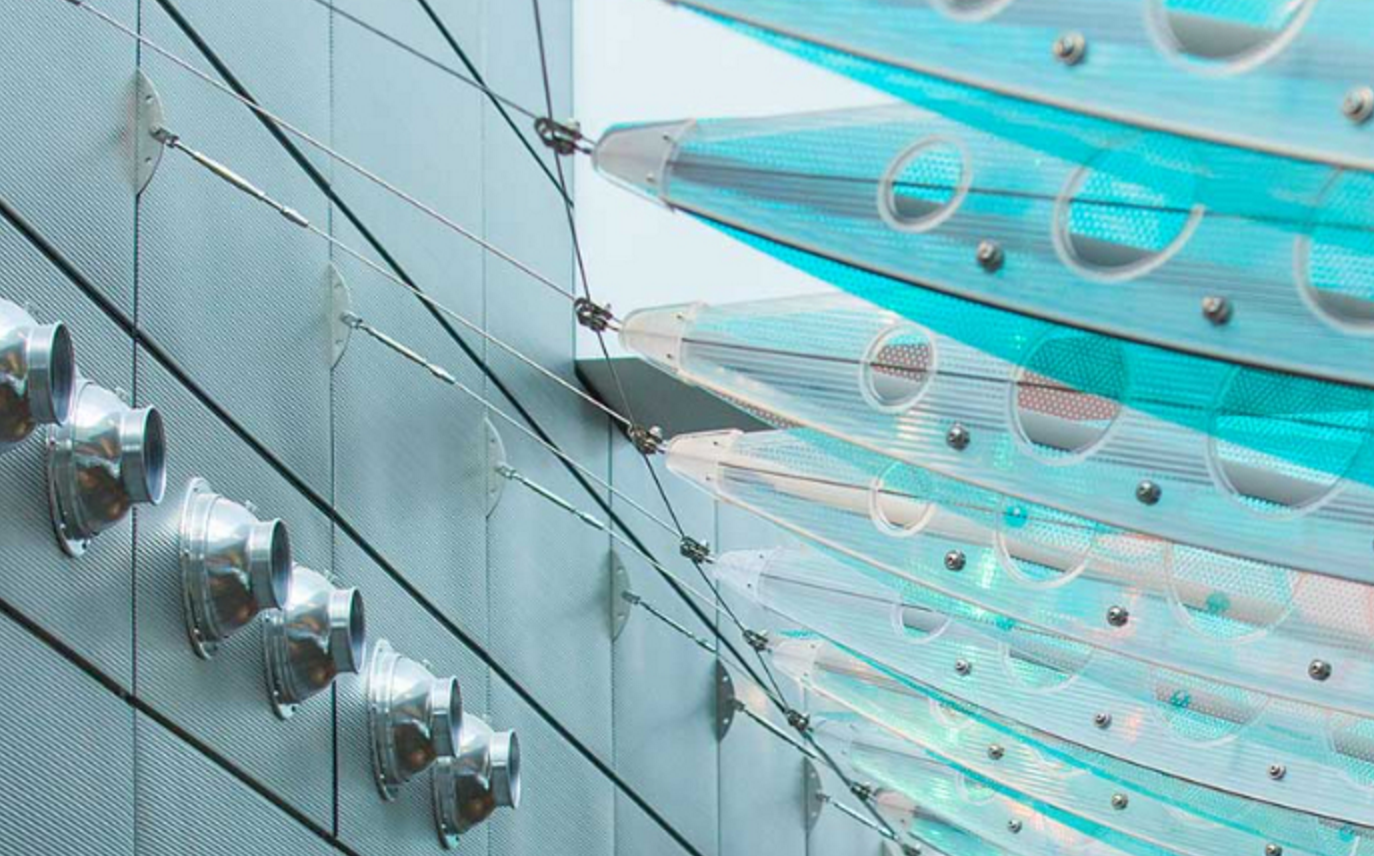We have said that it’s cleaner, healthier, and safer than ever to fly, and now there is research to back that up. In an Oct. 8 briefing, IATA Medical Advisor David Powell said about 44 people out of 1.2 billion are thought to have caught the Covid-19 virus on a flight. That makes the risk of transmission about 1 in 27.3 million. Of the 44 known inflight transmission cases, most occurred early in the year before masks were widely worn.

In the same briefing, representatives of Airbus, Boeing and Embraer shared information on extensive research they have conducted independently to understand the effectiveness of onboard protections such as the cabin HEPA air filter system, top-to-bottom air flows, the natural barriers formed by seatbacks, and mask-wearing. All have conducted 3D computational fluid dynamic models that have provided insight into what happens to cough droplets in a cabin. The downward flow of air that comes from the cabin ceiling and is completely refreshed every two to three minutes pushes larger droplets to the floor and washes them out. Smaller aerosol droplets, which can reach further, are also massively dissipated by the air system.
Boeing conducted vast amounts of research on narrowbodies and widebodies, taking worst-case scenarios with masked and unmasked passengers. The research from the worst-case scenarios indicates that being on an aircraft is equivalent to being 7 ft. or more away from others in an indoor ground environment. Boeing models were based on full aircraft.

Embraer’s modeling based on seven rows of seating did show that mask-wearing further reduced the risk of droplets being dispersed, with the risk being six times higher without masks. Read the full report.
In the most comprehensive study on aircraft airflow that’s ever been done, the U.S. Department of Defense determined the risk of exposure to COVID-19 virus is almost non-existent, even if the seats are full. Robotic mannequins and biodefense sensors were used to conduct airflow tests onboard aircraft. Findings:
The DOD completed over 300 tests in six months, 38 hours in flight, 45 hours on the ground.
- On average only 0.003% of infected air particles could enter your breathing zone when seated and wearing a mask
- 99.995% of infected particles were filtered out of the cabin within 6 minutes
- Results showed the cabin of an aircraft is one of the safest indoor environments in the world
- The cabin circulation system and HEPA filters, along with enhanced cleaning and safety policies, keep you safer when you fly
This study was conducted on United Airlines’ aircraft. It should be noted that most commercial airlines use the same HEPA filters and enhanced cleaning and safety procedures. Read the full report.
A third study was conducted by the Harvard T.H. Chan School of Public Health. “The risk of COVID-19 transmission onboard aircraft is below that of other routine activities during the pandemic, such as grocery shopping or eating out,” the Harvard researchers concluded. “Implementing these layered risk mitigation strategies…requires passenger and airline compliance but will help to ensure that air travel is as safe or substantially safer than the routine activities people undertake during these times.”
The report concludes that the universal use of face masks, diligent cleaning protocols and advanced ventilation and filtration systems offer significant protection against COVID-19, lowering the risk of transmission on an aircraft to minimal levels.
Steps you can take:
- Prevent the virus from boarding the airplane. Practice physical distancing, masking, washing your hands, and avoid travel if you feel ill.
- See how much of your travel-related paperwork can be handled online in order to save time and minimize contact with others. Online options exist for common tasks such as checking in and tagging bags. Use mobile boarding passes.
- Plan ahead for different requirements. Each state may have different reopening guidelines. Most countries have restricted travelers from the U.S. Refer to the information in this link from The Points Guy which gives country-by-country reopening information.
Prepare for travel by reviewing this helpful information:

